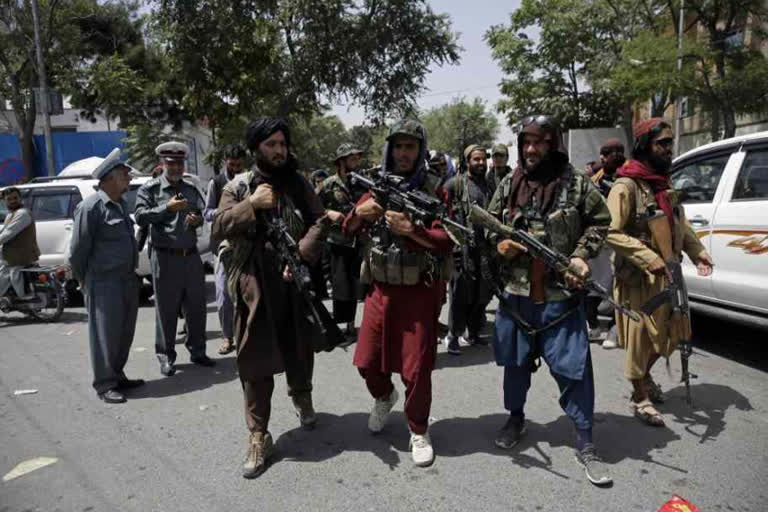Hyderabad: The Taliban is all set to launch an attack on Panjshir Valley. It has given the Northern Alliance in Panjshir four hours time to surrender failing which the Taliban would launch a brutal attack on them, Nisar Ahmad Sherzai, Afghan political and civil activist in India, said in an audio message. The Northern Alliance, also called the Panjshir Resistance, is a coming together of former Northern Alliance members and other anti-Taliban leaders to battle the Taliban.
"However, I don't think the Taliban will succeed," Sherzai, who is an activist on the Afghan political situation and also the topography of Afghanistan, said given Panjshir's difficult topography and its natural defence system.
Also read: Panjshir Valley blows the ‘resistance bugle’ yet again
"They've (Taliban) earlier, too, tried to attack and capture Panjshir (in the 1990s), but failed. Even this time, they will either wear out or lose lives," he opined.
ETV Bharat has access to scores of armed men travelling in four-wheelers towards Panjshir in a bid to capture the only territory it has until now failed to assert control over.
One of the 34 provinces of Afghanistan and just about 70 miles north of Kabul, the ‘forbidden’ Panjshir Valley is another name for resistance. Surrounded by craggy and lofty mountains, deep gorges cut through by the gurgling Panjshir river, with an omnipresent view of snow-clad peaks, Panjshir Valley opens up to outsiders only through a narrow opening in the mountains—a reason why it has been considered an impregnable fortress from the military point of view. But the tough terrain and the rugged land have also made the people a closed community of indomitable fighters among the local Tajiks who excelled in guerrilla warfare. The terrain is perfect to stage ‘hit-and-run’ tactics, to stage ambushes, and also to scurry into spots to hide and wait out the enemy.
What also makes the place a focal point of resistance is that it has Afghanistan’s thickest concentrations of Persian Dari-speaking Tajiks with close blood and kinship ties. Tajiks form 37 percent of the total 3.8 crore population of Afghanistan. Another 37 percent is formed by the Pashtuns while the Hazaras comprise 10 percent and Uzbeks 9 percent.
While the Taliban is largely Pashtun-dominated, the Afghan army is dominated by Tajiks—very important issues in the backdrop of rife tribal and clan rivalries in Afghanistan.



